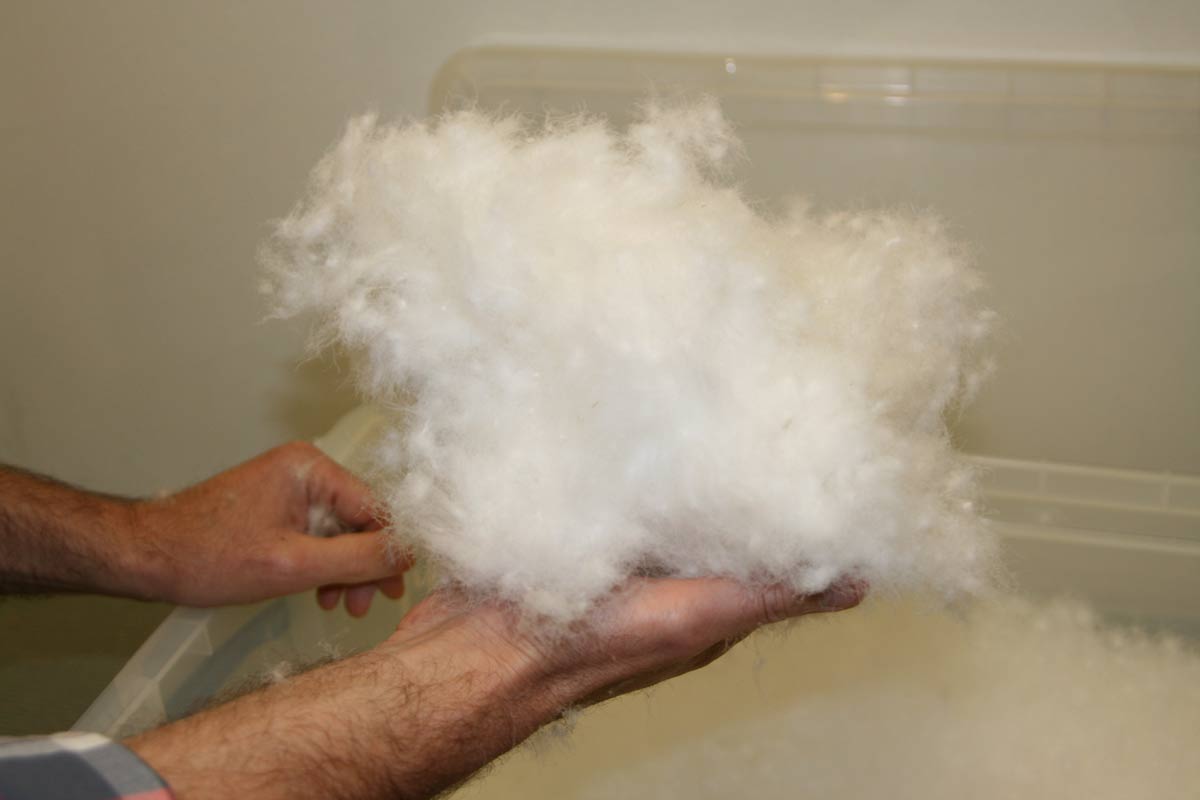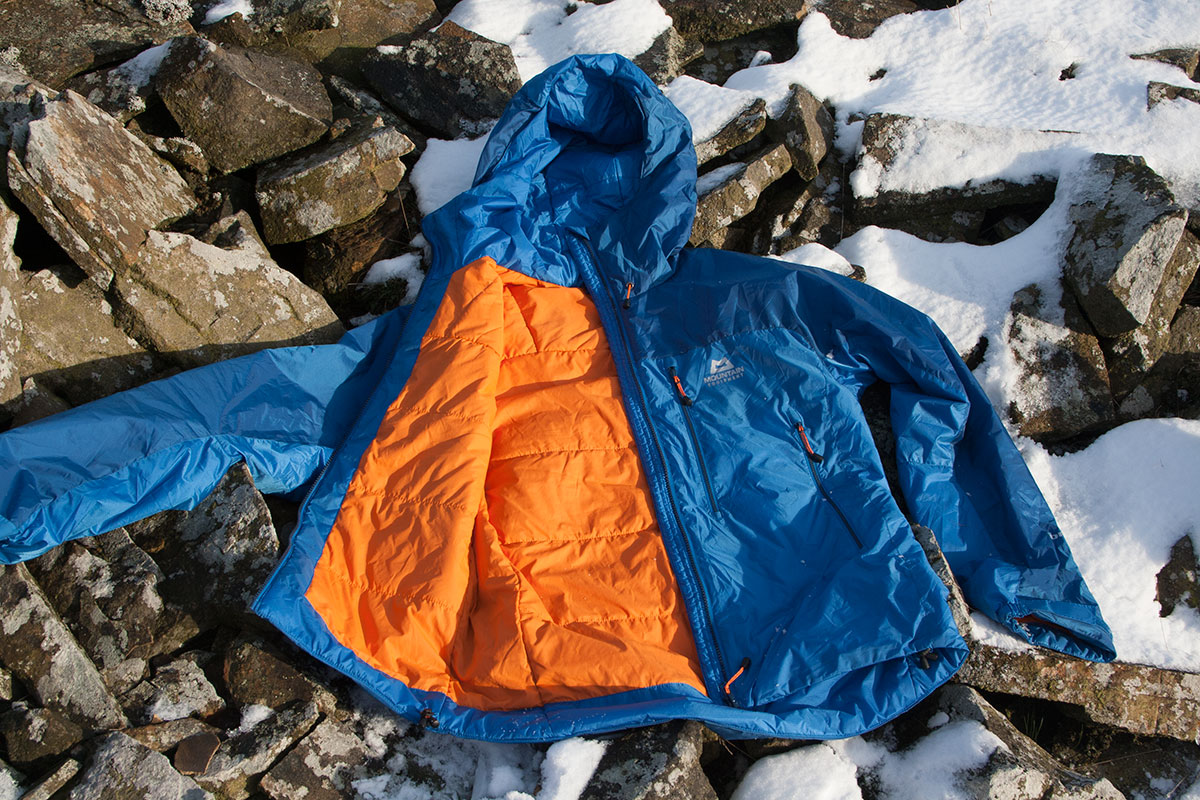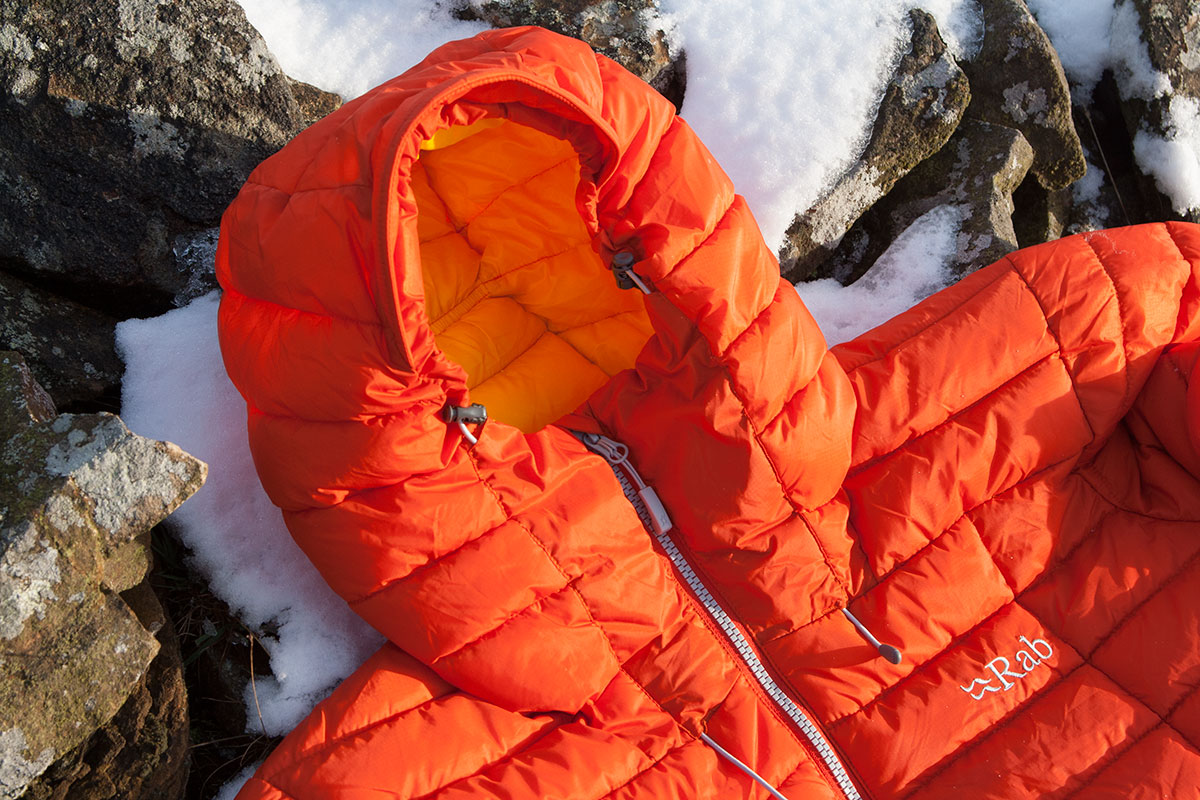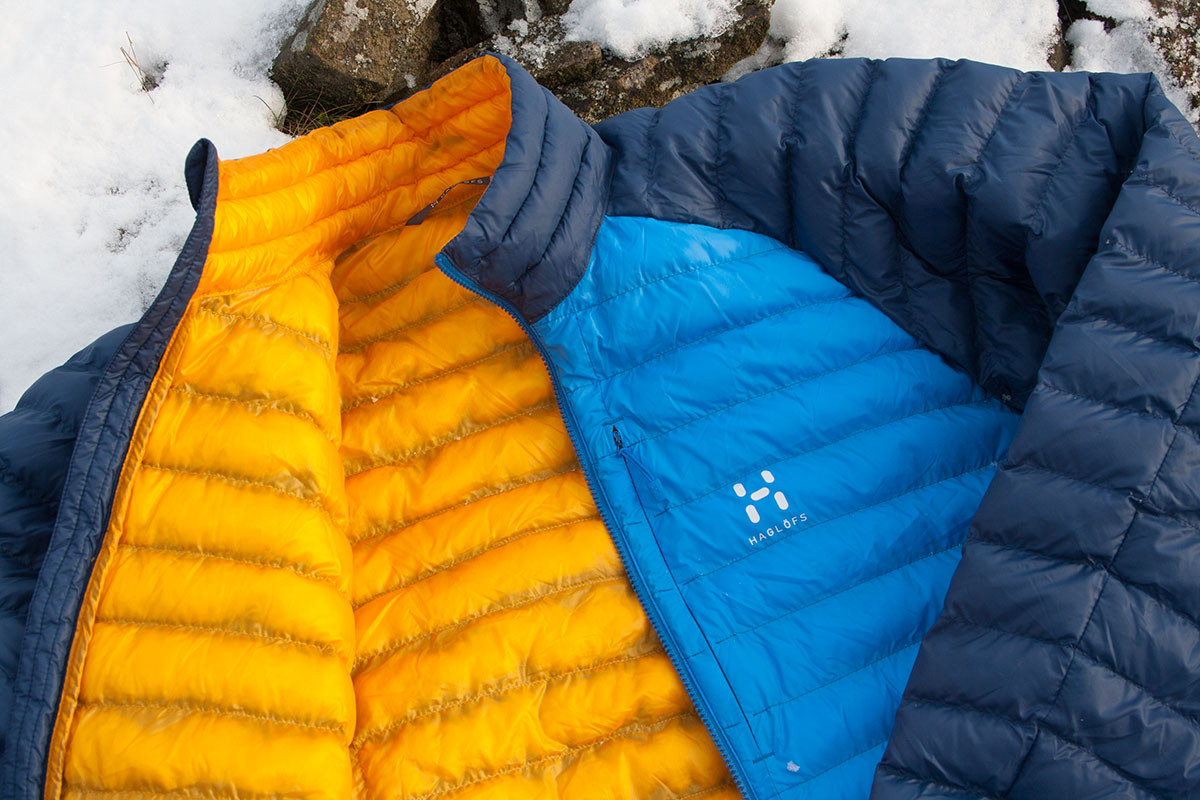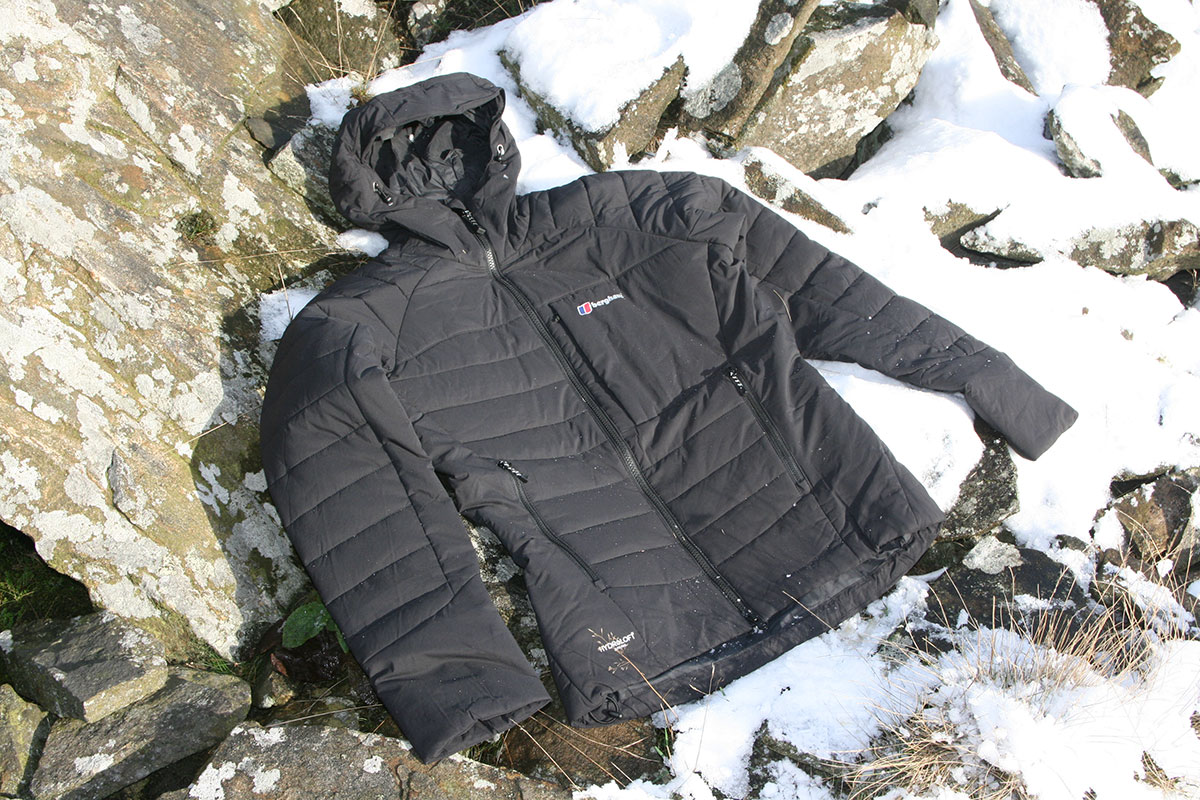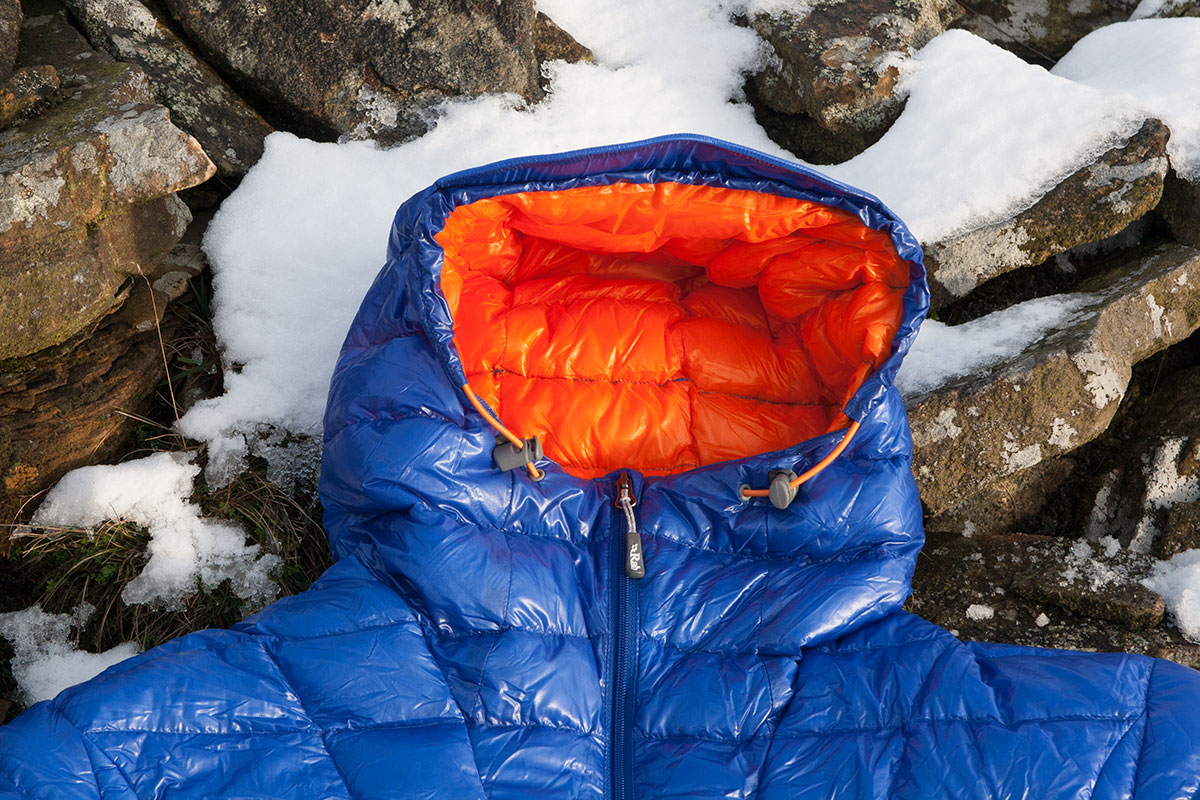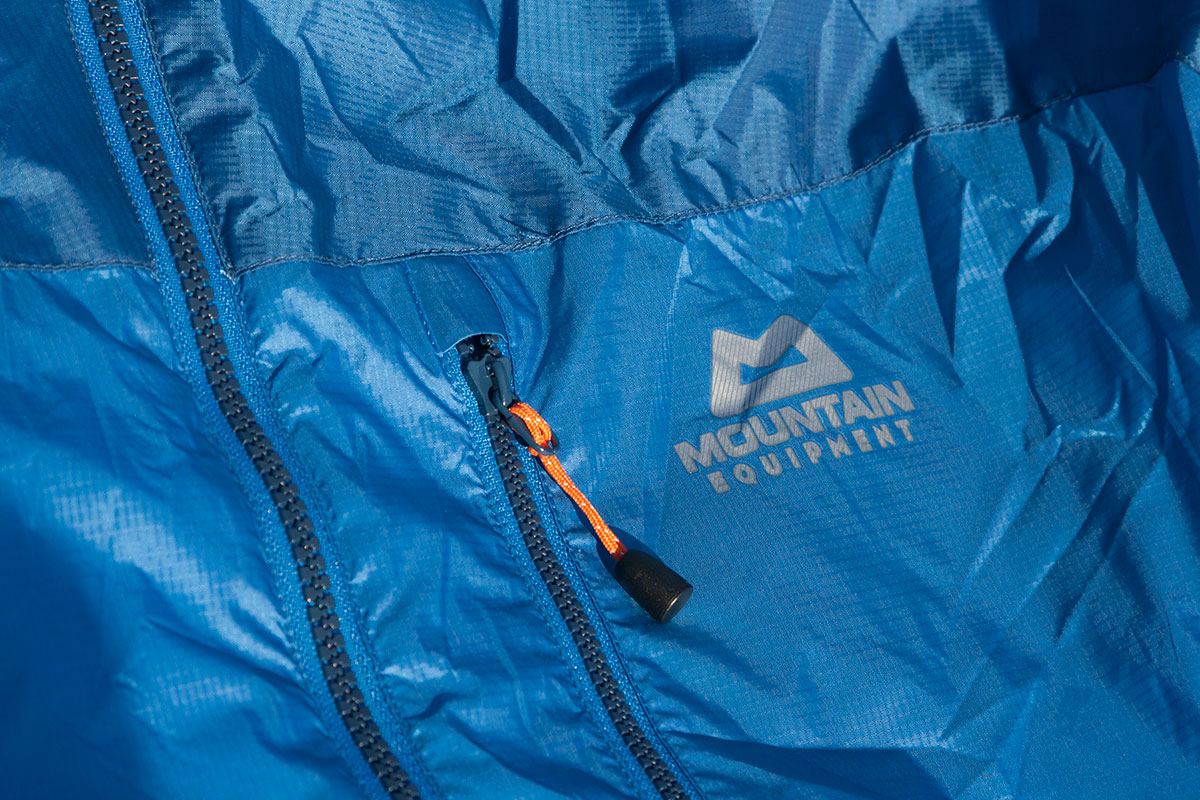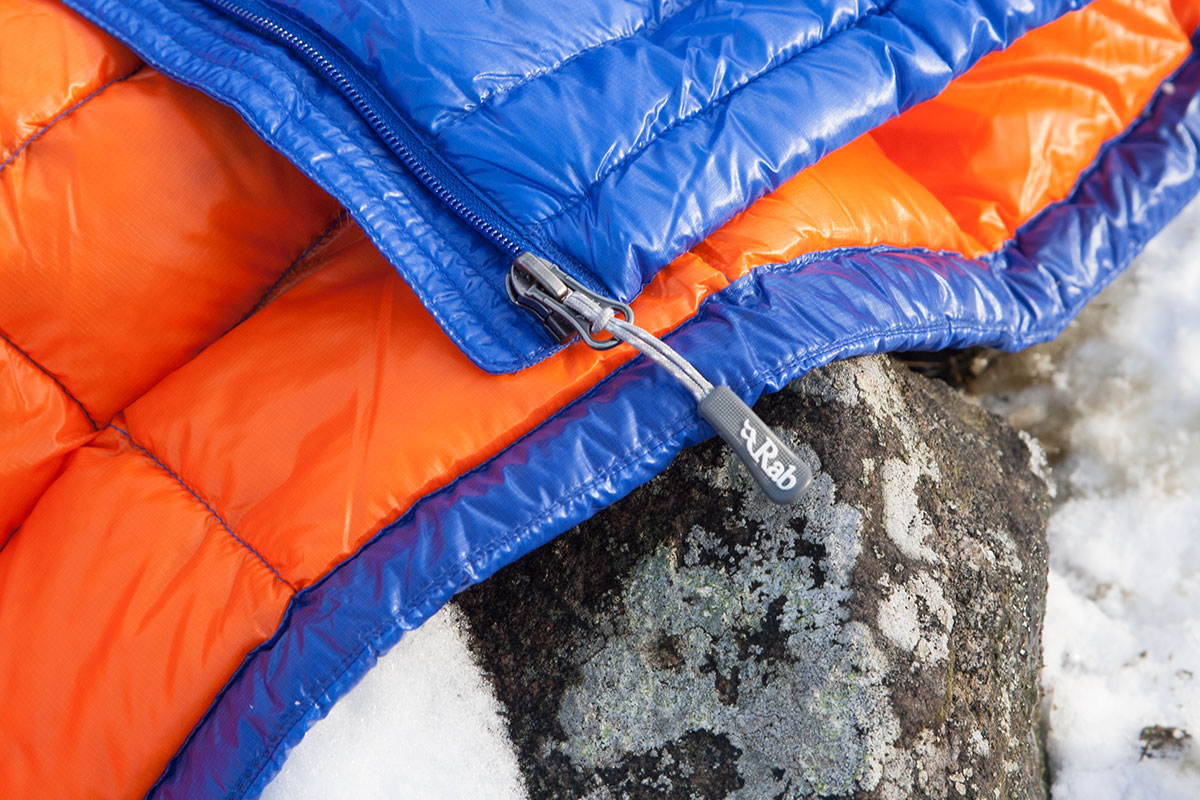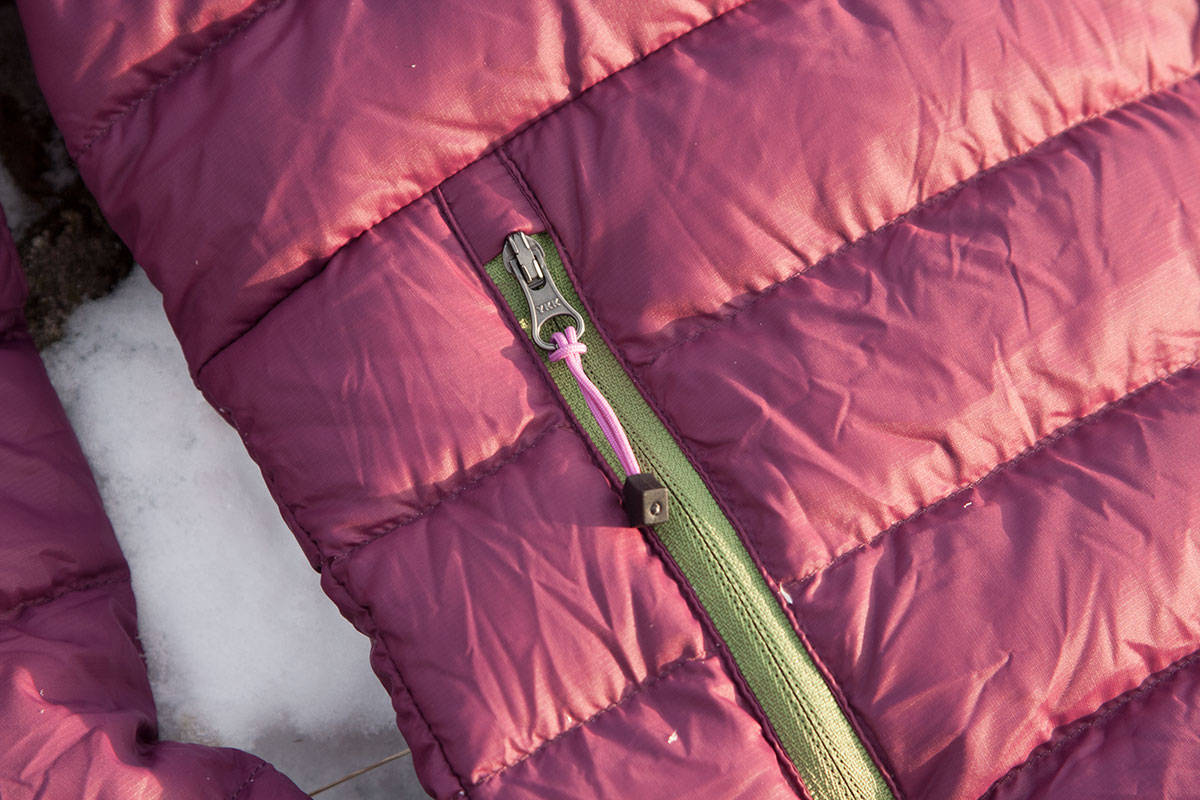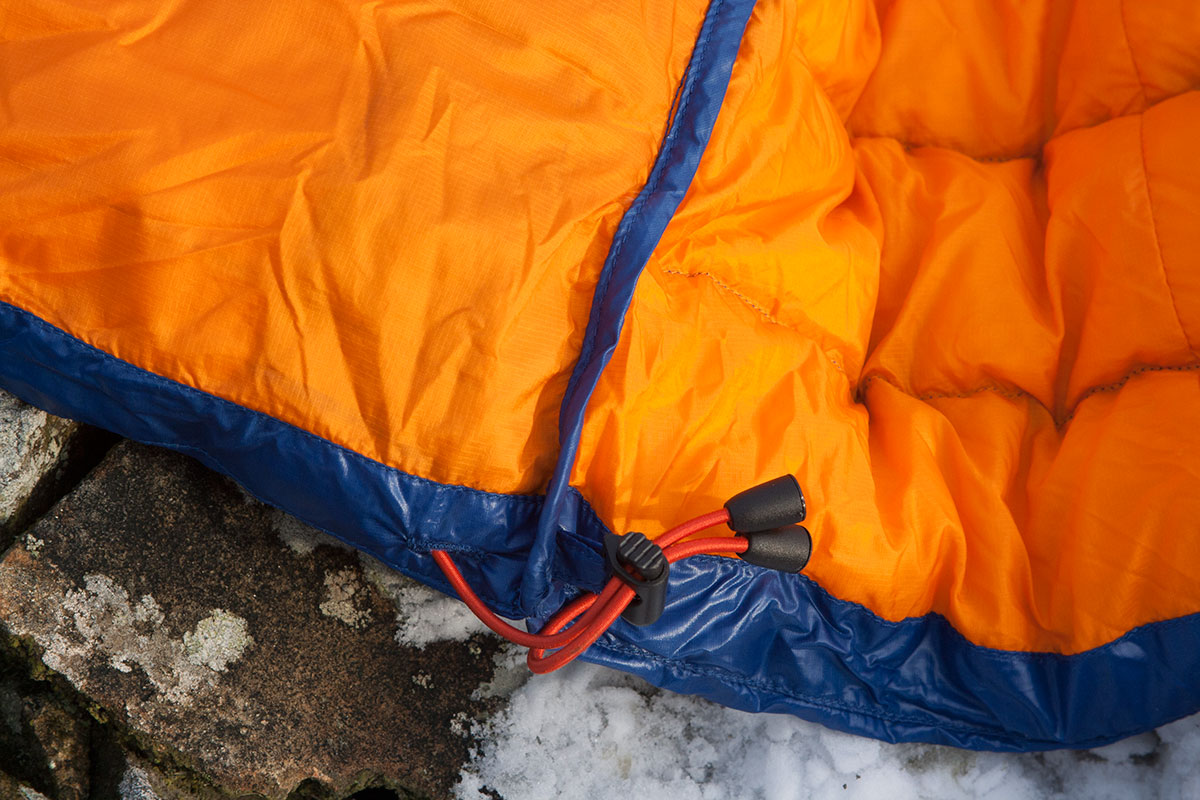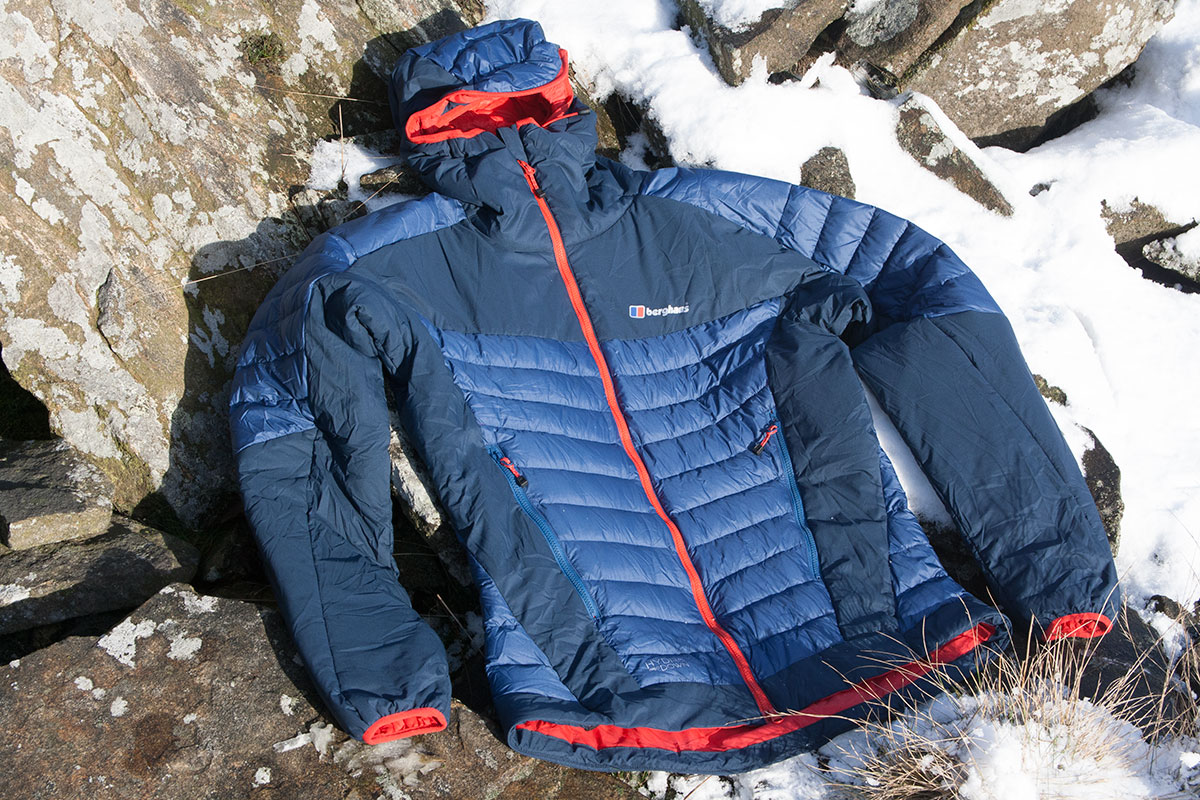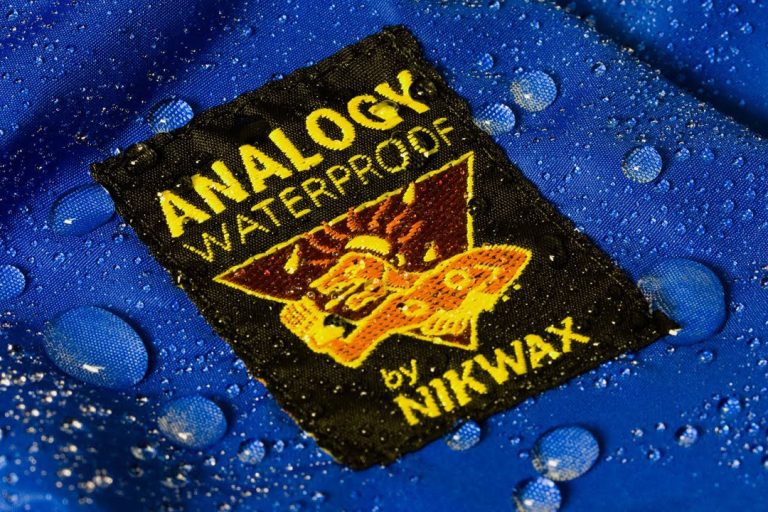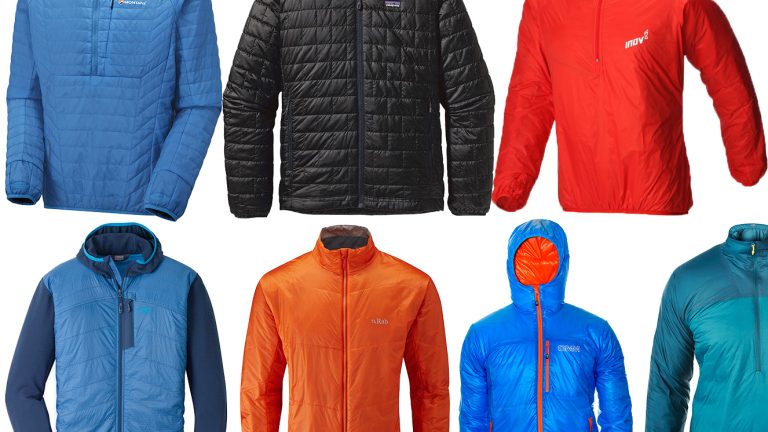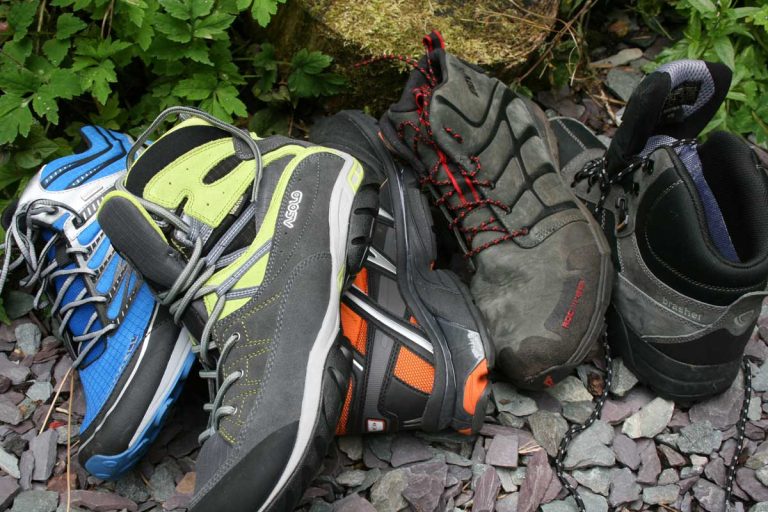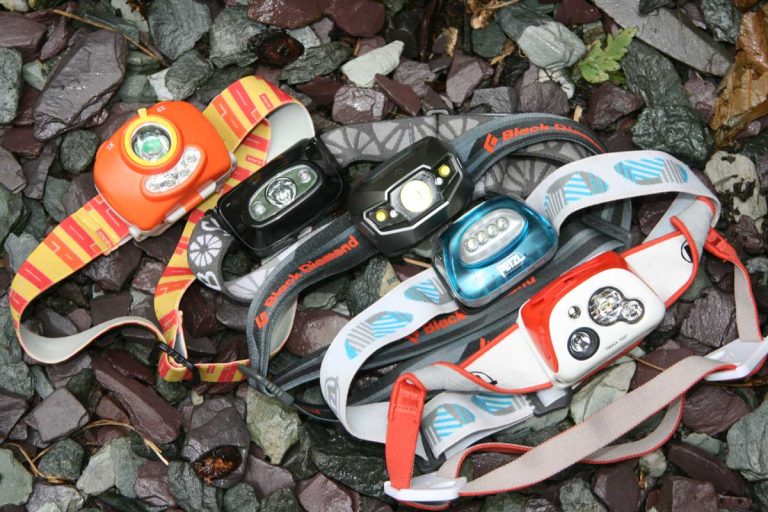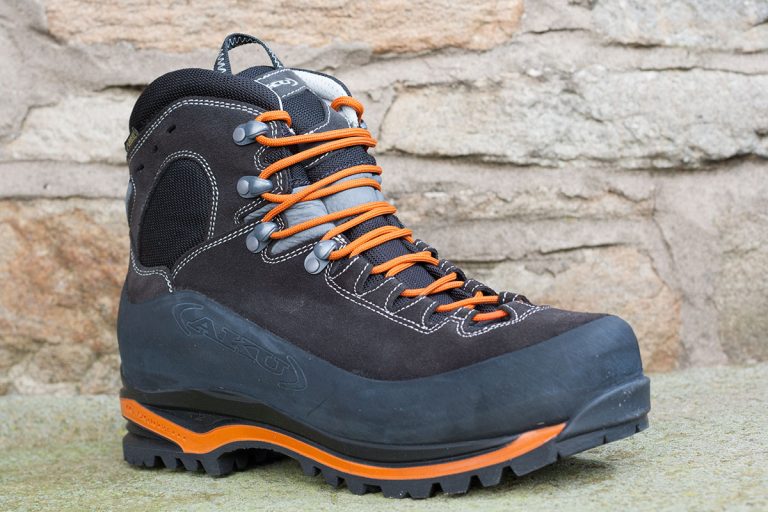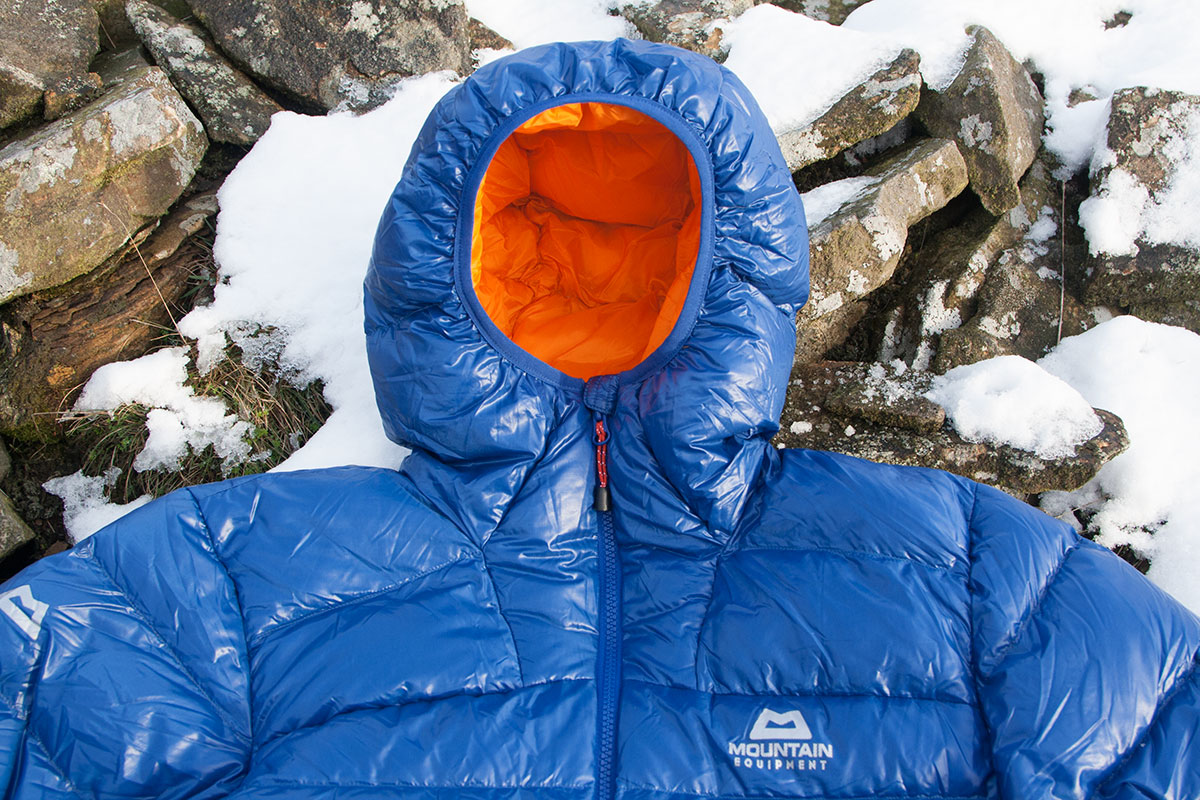
We’ve put together some essential tips to help you choose the best warm down or synthetic down jacket this winter, with advice on whether to choose down or synthetic fills – or something in between, things are getting complicated with mixed, fills, hybrid jackets using down and synthetic fills in different areas and synthetic fills that work like down.
That’s followed by some tips on which essential features to look out for when you’re buying and what sort of cut to look for for different uses.
And if you’re looking for reviews of specific jackets, we’ve just tested 10 of the best down jackets out now

